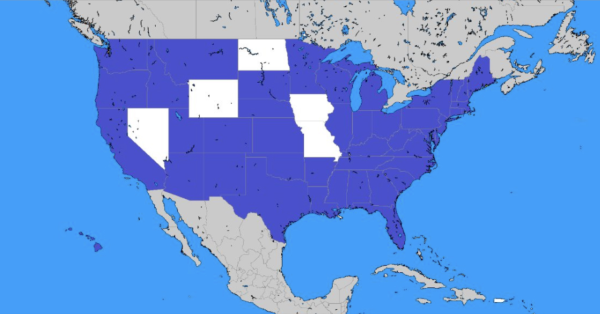Affirmative action fails to address root problems

February 27, 2023
Affirmative action refers to the act or policy of intentionally choosing individuals from historically marginalized or discriminated groups in an effort to combat discrimination.
It has existed since the 19th century and was first used in the context of civil rights by former President John F. Kennedy in Executive Order 10925, which stated, “The contractor will take affirmative action to ensure that applicants are employed, and that employees are treated during employment, without regard to their race, creed, color, or national origin.”
In theory, this novel method of favoring individuals from historically marginalized groups appears highly beneficial; it opens pathways that were previously inaccessible, increases diversity, and ensures that the viewpoints and talents of individuals of different backgrounds are taken into consideration.
However, giving preferential treatment to minorities can exclude those of another background who are equally, if not more, qualified.
Likewise, admitting or hiring individuals with their backgrounds in consideration rather than solely on their qualifications can also create harmful stereotypes that suggest they are under-qualified because their acceptance or hire was not purely based on merit. Thus, it furthers the resentment and bigotry minorities so frequently encounter.
If the objective of affirmative action is to encourage diversity and combat discrimination, it should first examine the underlying issues within society, such as poverty and insufficient education for those in impoverished areas.
Furthermore, instead of primarily implementing affirmative action at the college and workforce level, education institutions should ensure that all students receive the same baseline education through enrichment programs in preschool, before a learning gap forms. To solve this predicament, the federal government should increase funding for education so that schools nationwide offer the same high quality education, thereby eliminating the need for affirmative action.
All in all, affirmative action policies, while well-intentioned, are not effective enough to fully solve the issue of discrimination. Rather than favoring individuals of certain backgrounds, hoping it diversifies the education system and workforce and caters success to individuals of marginalized backgrounds, the government should take action to address the underlying issues that create the need for affirmative action to begin with.











